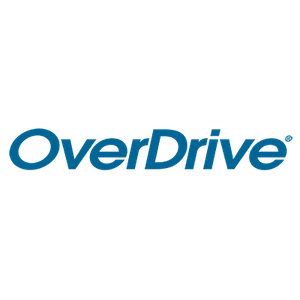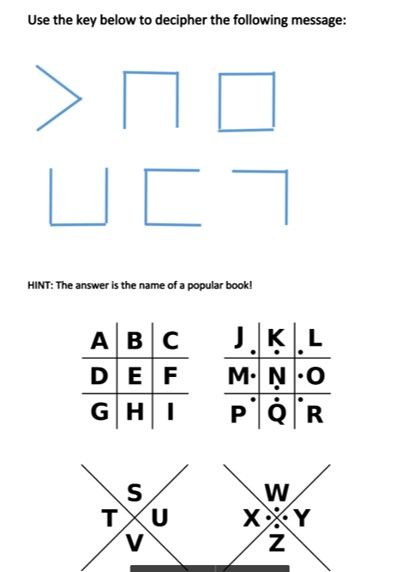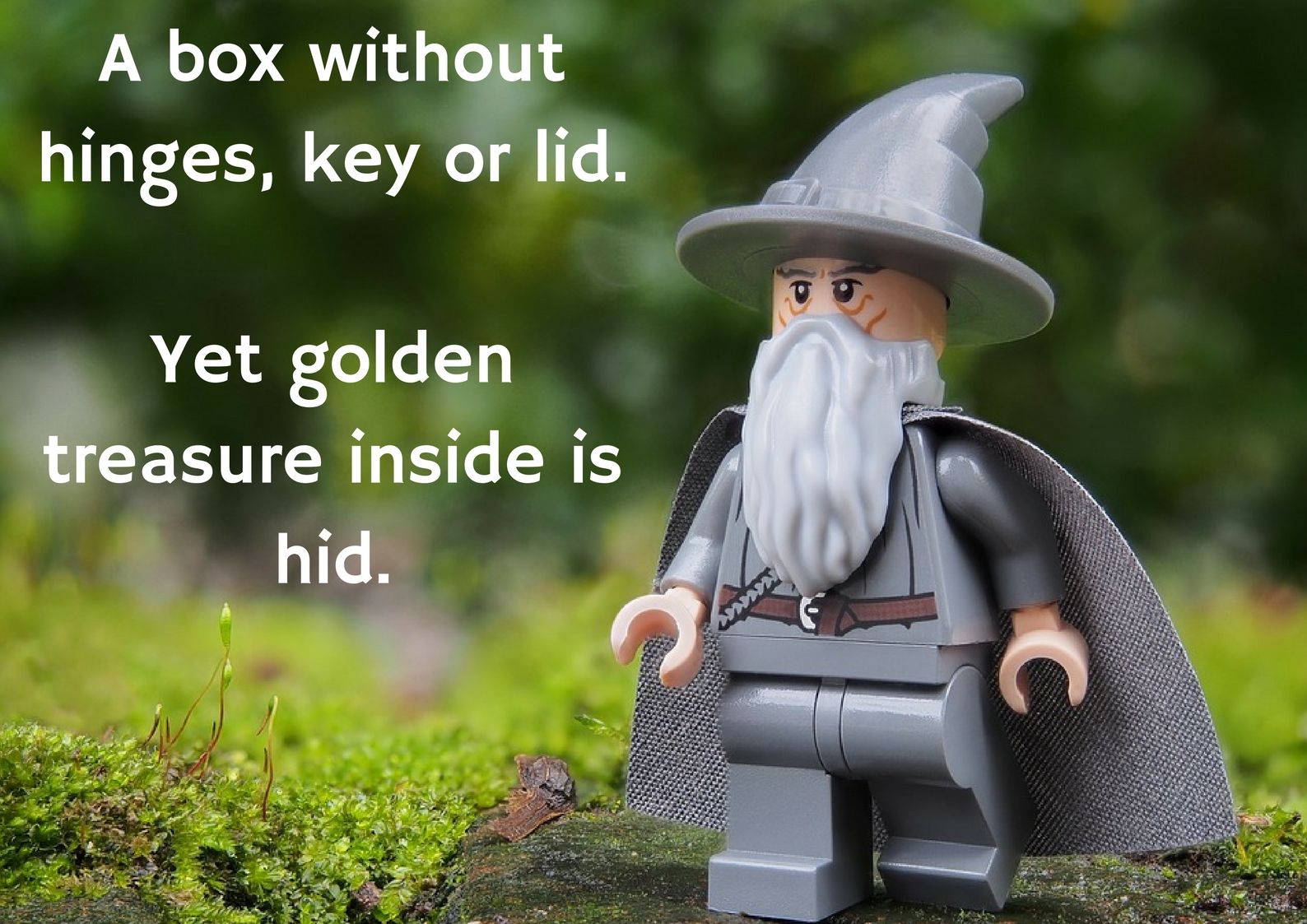Libby Extras from OverDrive are here. It’s a new category of content with resources for continuing education, entertainment and more. Each unique digital experience is designed to immerse your library users and help you reach new audiences. I don’t mind, however, unleashing this stress onto other people. That’s why I created an escape room game for students here in the school library I manage. I use it during library orientations for eleven-year-old students, and I adapt it for older students as part of a library enrichment group. I have an amazing colleague in the library who is working on making even more complex escape rooms for teachers and older students. I will hopefully be able to post more about those in the future. I’ve written before on creating book quiz challenges, which are lots of fun, but escape room challenges take it a step further in my opinion. They require a lot of communication and teamwork on the part of the students. I feel this could also be adapted to a public library setting pretty easily. I have incorporated popular books and classics in our school in my endless attempt to promote them. I hope you find this useful!
Items needed
Here are the items I have gathered to run this game: Locking toolbox x 2Smaller lockable box x 25-letter lock x 23-digit lock x 44-digit lock x 2UV keychain flashlight x 2Invisible ink pen x 1Flash drive x 2Master lock hasp x 2Magic wooden box x 2Standard padlock & key x 2
gameplay
Before the game starts, I will go over a few items with the teens that will help the students when it comes time to play. However, I will not go into too much detail because the purpose of this game is to introduce students to the library. This game will be played in groups of 25-30 students. I will divide the class into two teams. The students will have one minute to come up with a team name. Each team will be timed and put on a scoreboard, so not only are they going to try and escape the room, they’re going to see if they can have the best time out of all of the teams that play. The team with the best time will win free books and chocolate! Opening the toolbox is the ultimate goal and will determine if the team “escapes” the library. The toolbox is locked with a 3-digit lock, a 4-digit lock, a 5-word lock, and a regular padlock that requires a key. To start, teams must open the smaller box that is locked with a 3-digit combination lock. To open the box, they must solve the following clue: When does the Library open in the morning? The answer is hidden in the paragraph below.To find out which letters to use, answer thisquestion: How many books are nominated each yearfor our Book Award? For example, if the answer is 20, you woulduse every 20th letter in the message below tofind the hidden message and answer thequestion. Snakes are the best. Every beeknows not to offer too muchdrab nectar. Ladybirds fightwith braver faces than a bigwombat. The answer to the question “When does the library open?” is “Seven Thirty.” The answer to the question “How Many Books are nominated?” is “six,” so they choose every sixth letter in the message above, it will spell out “Seven Thirty.” As you can see, the code is multi-layered and tricky. I will have provided the answer during my talk before the game — the trick will be to see who was listening!When they solve this puzzle and open the box, they will find two things inside:
A flash driveA UV keychain light
From here, I predict the group will split up to attack each clue.When plugged into a computer, the flash drive will reveal a PDF full of facts about the library. All of the numbers in the document have been given a colour: red, blue, or purple. The hint is that within the document is the answer to the 4-digit lock on the toolbox. Since there are four red numbers, students must put those numbers in the order they appear to open the lock. When the students have opened the 4-digit lock, they will be instructed to come to me for their next clue, which is a picture clue. The picture contains 21 book covers in three different colours. The hint is Red. Blue. Yellow. Students must count the number of books there are in each colour in the order listed in the hint. This will unlock the 3-digit lock on the toolbox. Back to the UV keychain flashlights: Students will find a pigpen cipher attached to the light. If you’re like I was until recently and have no clue what a pigpen cipher is, click here and scroll down to step three for a good explanation. The answer to the pigpen cipher will take Team 1 to The BFG by Roald Dahl and Team 2 to Crush by Eve Ainsworth. I will have discussed Crush previously with the class as Eve is our Patron of Reading and Crush was one of our most popular books last school year. Here is an example of the pigpen ciphers: When they find the book on the shelf, there will be a slip of paper in it. Written on the paper will be a code in invisible ink. This is a simple code that asks the students to find the page, line, and letter within the book. The letters they retrieve will spell a 5-letter word and unlock the 5-letter lock on the toolbox: BFG Code:89.9.635.13.17187.6.13117.3.1974.18.4 When students have unlocked the 5-letter lock, they can come to me for the final clue. It is a riddle from the Hobbit: If they get this correct, they are given a wooden puzzle box that is hard to open. When the students figure out how to open the box, they will find the key to the final padlock inside and will get to proudly hold up a certificate saying they have defeated the escape room! Plus, everyone gets bookmarks and of course some nut-free chocolate. I hope you found this escape room useful. I feel it can be adapted using your own books or schemes that will hopefully make it interesting to the students or teens that frequent your library.



